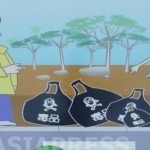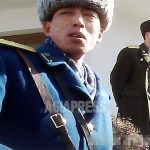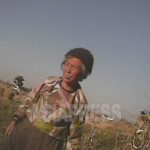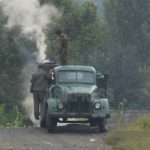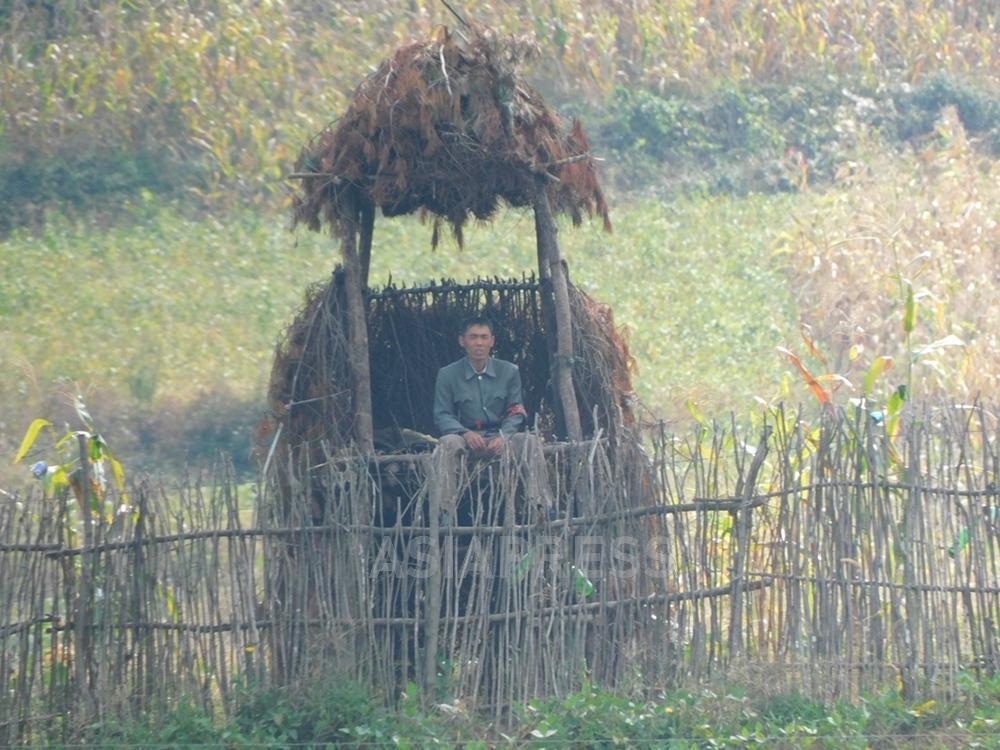
With the full-fledged start of the potato harvest in the northern region of North Korea, enterprises throughout the area have distributed potatoes to their employees, which has led to a steep fall in market food prices. A reporting partner in Hyesan, Yanggang Province, provided the following report on October 24. (KANG Ji-won)
◆ Workers pick potatoes and transport them back themselves
According to the reporting partner, one company in downtown Hyesan provided each of its workers with 20 days’ worth of potatoes. The workers went to the fields to pick the potatoes and transported them back to the city. There are differences, however, in how many potatoes workers in different companies are receiving.
The potatoes being distributed are produced in Yanggang and North Hamgyung provinces. ASIAPRESS was unable to collect information about distribution of potatoes in other areas of the country.
As newly harvested potatoes have begun circulating, the market prices of other foods have fallen significantly. An ASIAPRESS survey found that white rice in Yanggang and North Hamgyung provinces in late September cost 6,800 won, with corn costing 3,400 won. On October 20, however, white rice cost 5,700 won while corn cost just 2,550 won.
※ Prices are for one kilogram. 100 North Korean won is around 0.012 USD.
In state-run food shops in late October, five kilograms of corn was sold for 2,400 won to each household, while three kilograms of flour sold for 6,800 won. The reporting partner explained the reason behind the fall in prices:
“Market food prices have fallen significantly. People can now eat cheap potatoes and flour rather than relying just on rice and corn, so there are fewer people seeking out those (more expensive) foods. Many people saw a fall in cash incomes, so they weren’t able to afford (rice and corn), either.”
The reporting partner said that many people are welcoming the distribution of potatoes, saying: “Everyone believes they need to survive on what they have.”
◆ Starvation will become less of a problem
The Kim Jong-un regime started to rebuild the state-run food shop network in late 2019 by restricting prices and quantities of food sold in markets. In January 2023, the regime restricted the sale of rice and corn as part of efforts to push forward the government’s monopoly on the sale of food.
The regime aimed to exert total control over food distribution, but the state-run food shops face such serious food shortages that the authorities are turning a blind eye to small-scale sales of food in markets.
In provincial cities, there have been deaths caused by malnutrition and disease since 2021. In April to July of this year, famine-level food shortages took hold in some areas of the country.
※ ASIAPRESS communicates with reporting partners through Chinese cell phones smuggled into North Korea.
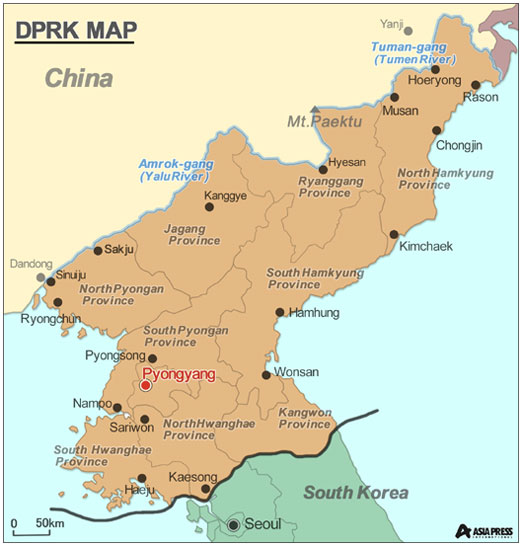
- <Inside N. Korea>Opium addicts rise again as stimulants remain almost completely unavailable…Why? The police quickly clamp down on manufacture of drug
- <Inside N. Korea> A recent report on conditions at farms (1) The harvest is better than last year, but lack of materials remains a serious problem (4 recent photos)
- <Inside N. Korea> The Kim Jong-un regime resumes public executions…Man executed in late September in Yanggang Province for stealing medicine
- <Inside N. Korea>The government starts claiming that “suicide is an anti-state, traitorous act…” Warns that bereaved relatives will face punishment…People wonder whether committing suicide due to starvation is considered a traitorous act
- <Inside N. Korea>Unusual changes in the Army (1) In a rare move, police are tasked with cracking down on breaches of military discipline as crimes by soldiers and desertions increase
